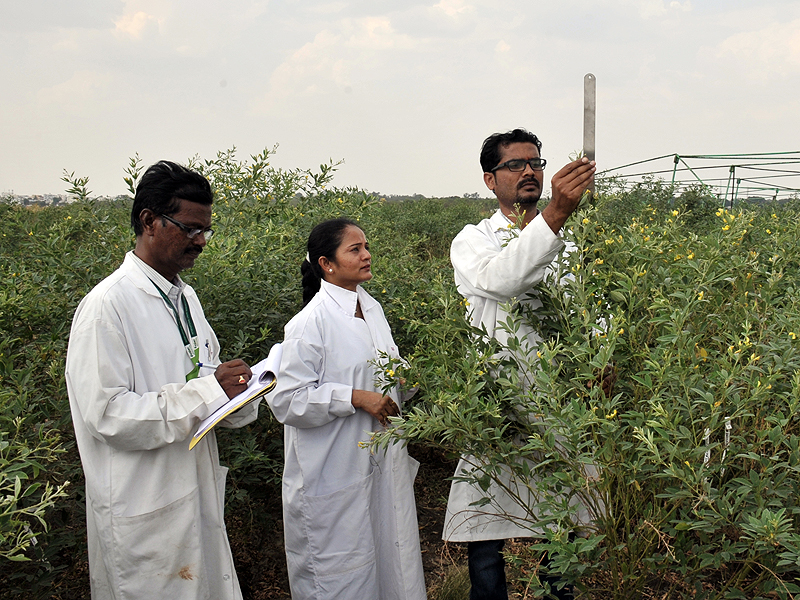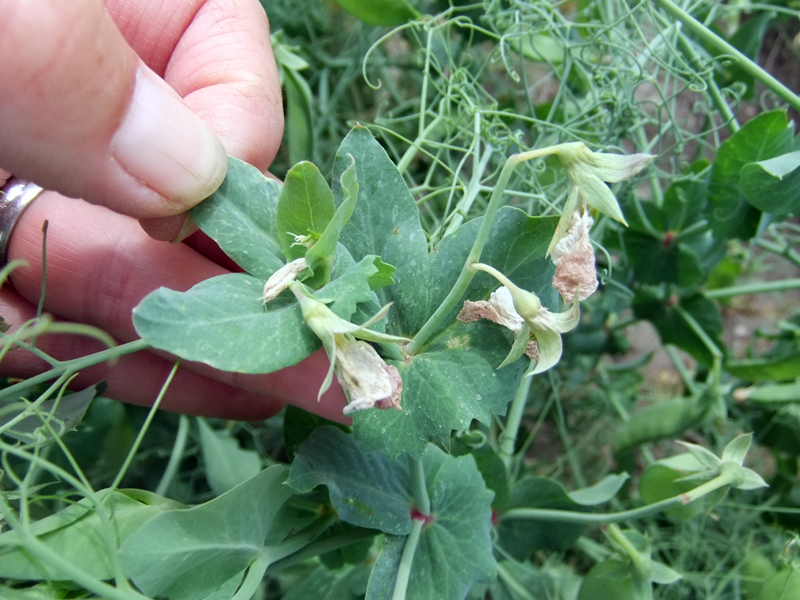Plant Science
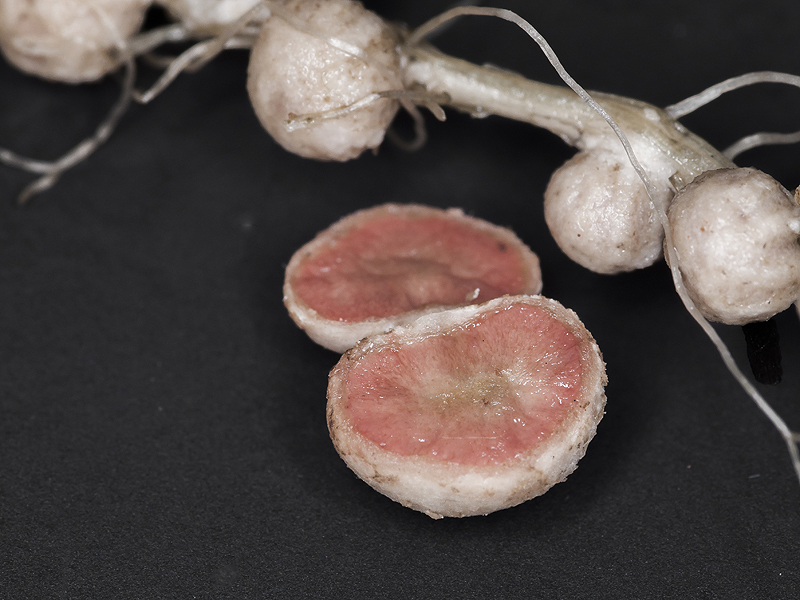
Soybean is rich in protein, which is great for the humans and animals eating it. But this high protein content comes at a cost.

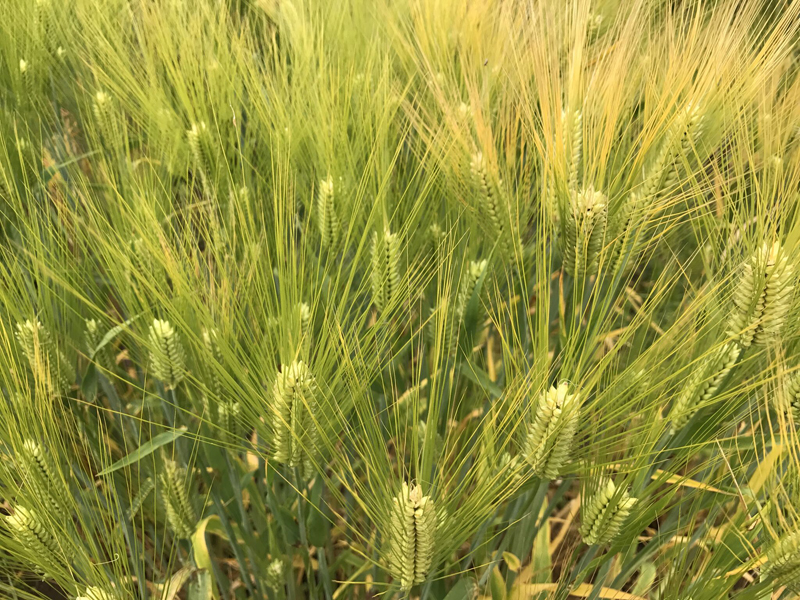
Researchers at Oregon State University (OSU) are giving an ancient grain a new life: this barley is naked, but not in an indecent way.

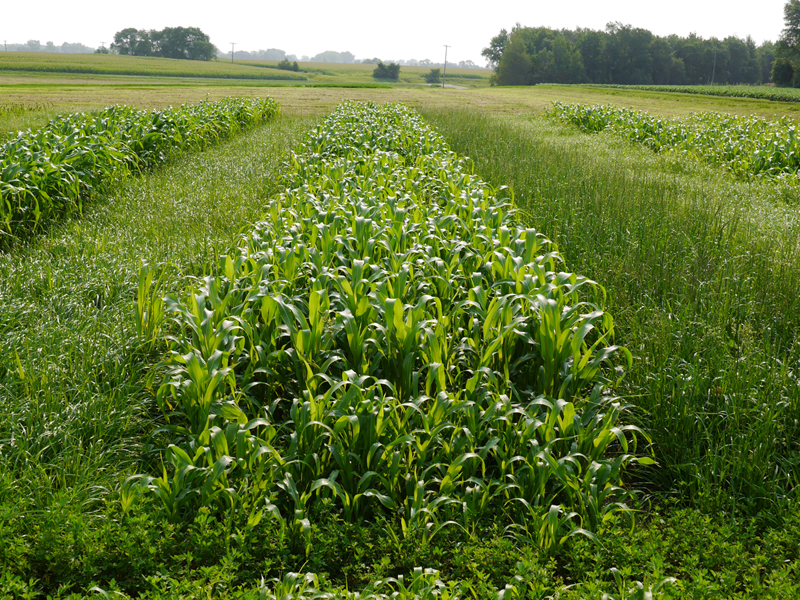
Meet alfalfa, a perennial legume used mainly as high-quality feed for dairy cattle. Alfalfa is also used as feed for beef cattle, horses, sheep, and goats. It’s high in protein (16-20% crude protein). It contains a lot of calcium and other minerals and vitamins. It contributes billions of dollars to the United States economy annually.
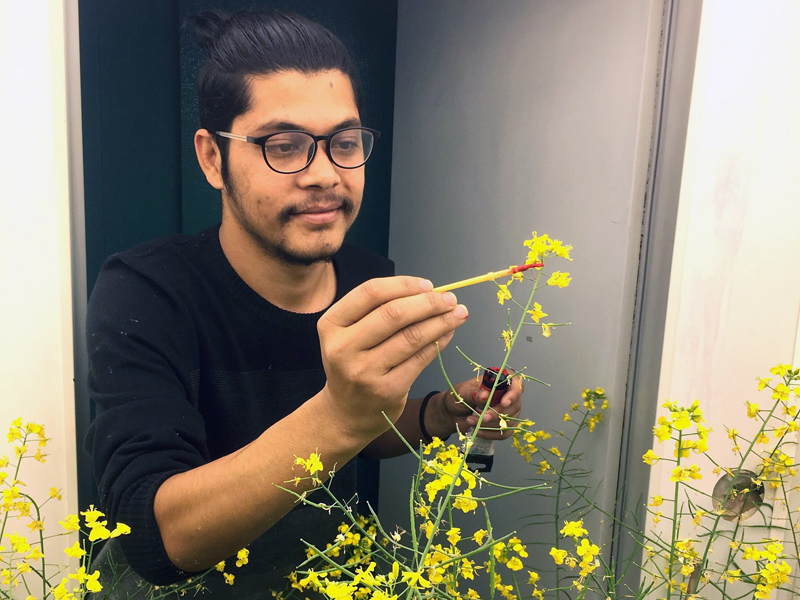
Plants don’t sleep like humans do—but just like some people don’t rest well in the heat, some plants don’t either. The canola plant isn’t as productive if the temperature is high at nighttime, and scientists are trying to find out why.
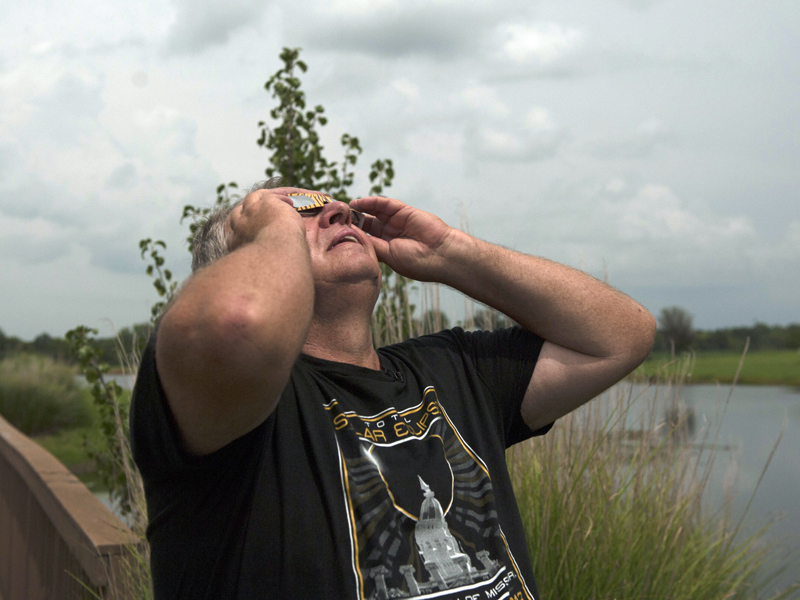
On August 21, 2017, about 215 million American adults watched one of nature’s most dramatic events: a total solar eclipse. However, most of the country could only see a partial eclipse. The path of the total eclipse was a strip just 70 miles wide, arcing across the country from Oregon to South Carolina.
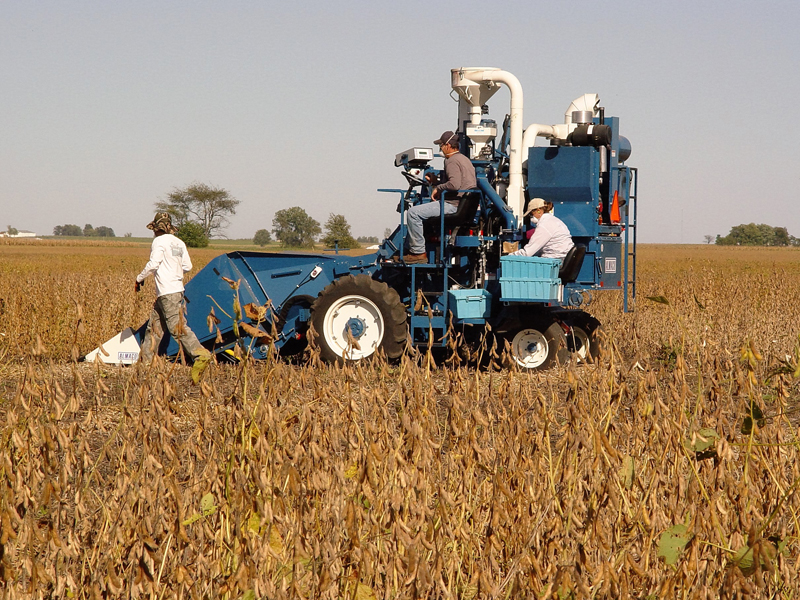
Leftovers can be quite valuable. For instance, when soybean seed is crushed and the oil extracted, what’s left is called soybean meal. You’ll want to save this leftover.
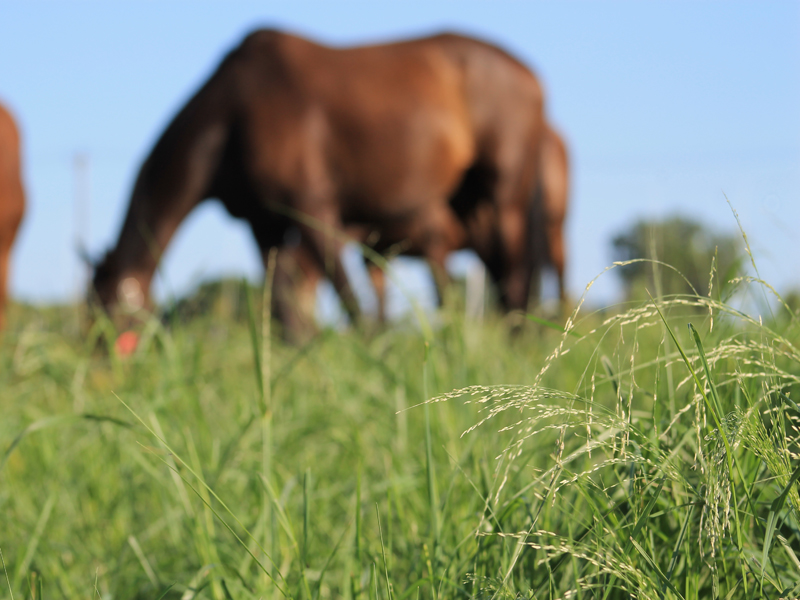
When you picture a horse, you may imagine it grazing contentedly in a grassy pasture. Grazing lets horses move around naturally outdoors and socialize with other horses. And grass is an easily available, nutritious feed that horses like eating. If you have the land, providing pasture for horses is less costly than buying hay.
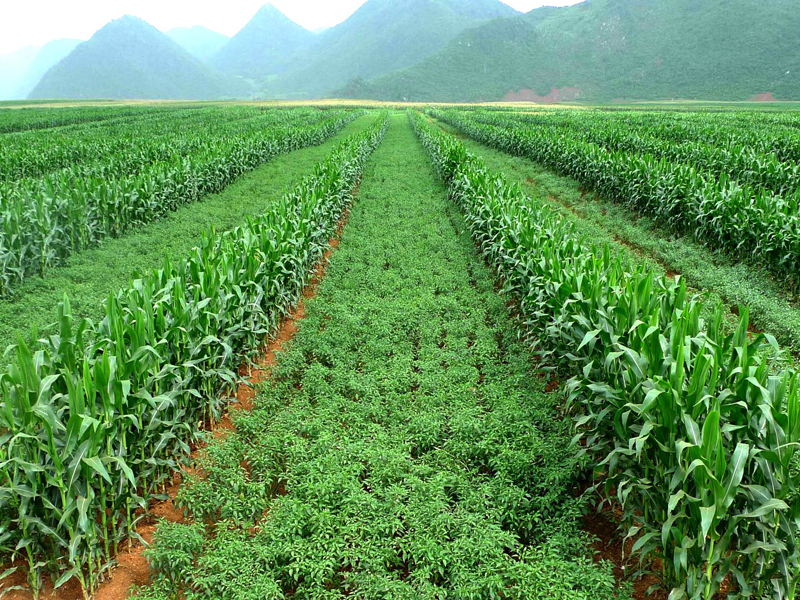
On the steep farming slopes of China, Bozhi Wu and his research associates are finding ways to improve economic and environmental stability.

